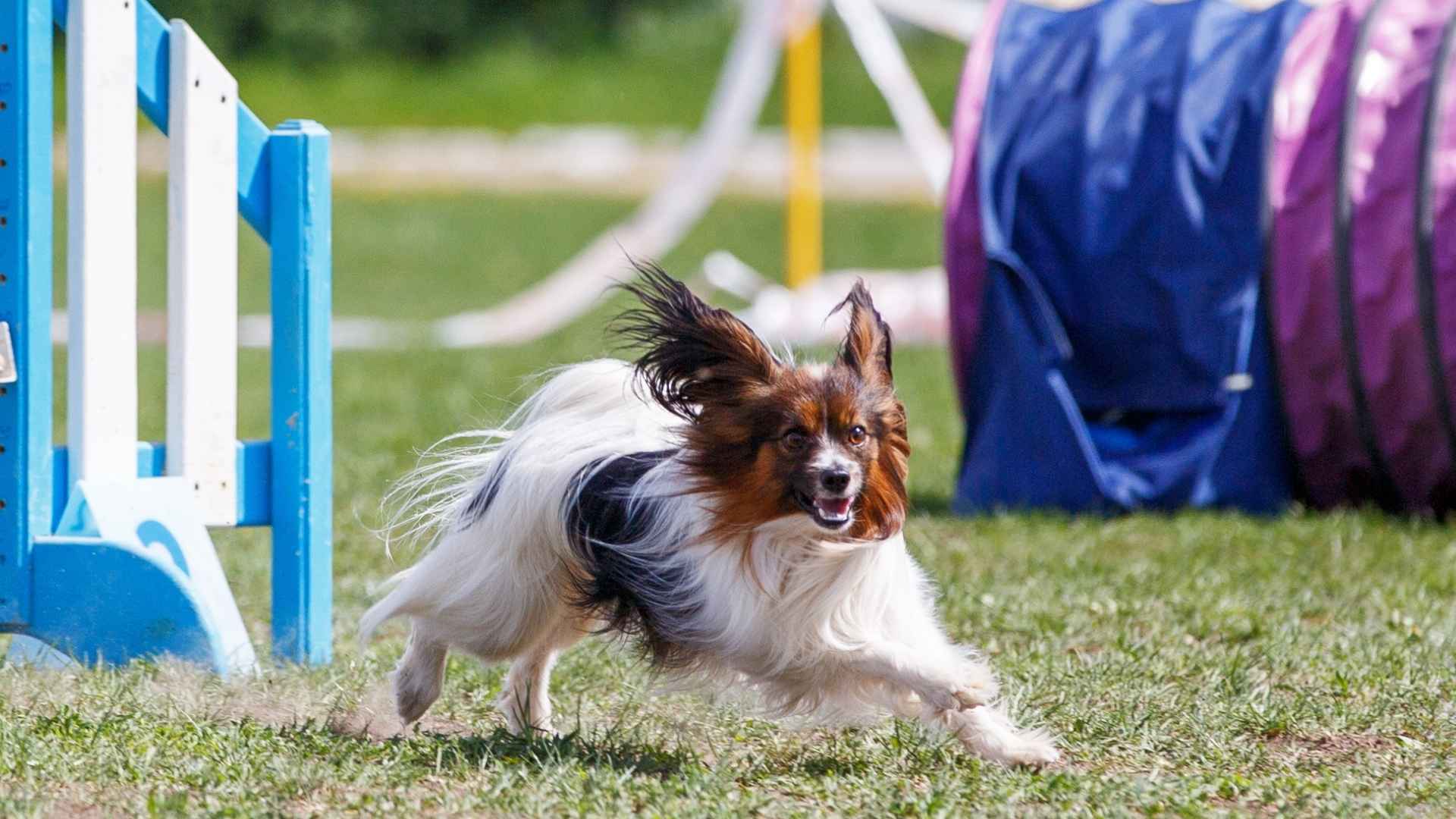What moves like wind but never makes a sound?
What reads human emotion faster than any machine yet lacks all technology?
What navigates hospital mazes without maps yet never gets lost?
The answer walks on four legs and belongs to an elite class of canines. Agile therapy dogs aren’t just pets with good manners – they’re biological marvels with supernatural spatial awareness and emotional radar.
While most dogs can be trained to behave in medical settings, only certain breeds possess the genetic blueprint for the split-second movement and laser-focused empathy this work demands.
They calculate distances between IV stands while simultaneously reading facial expressions. They execute perfect turns in cramped spaces while never breaking their healing connection.
So, here are seven breeds whose agility and compassion make them perfect for brightening lives.
Agile Therapy Dog Breeds
1. Labrador Retriever
Labradors combine mental alertness with physical coordination in a way few breeds can match. Their body structure, muscular build, balanced stride, and water-resistant coat make them naturally agile across terrains. You’ll see it in the way they adjust speed mid-run or pivot during fetch without losing control.
Emotional steadiness in real-time
Therapy work demands more than affection, it requires a dog that can stay calm in unpredictable environments. Labs have an even temperament, low reactivity to loud noises, and a remarkable ability to regulate their own excitement. That’s why they’re trusted in hospitals, classrooms, and care centers.
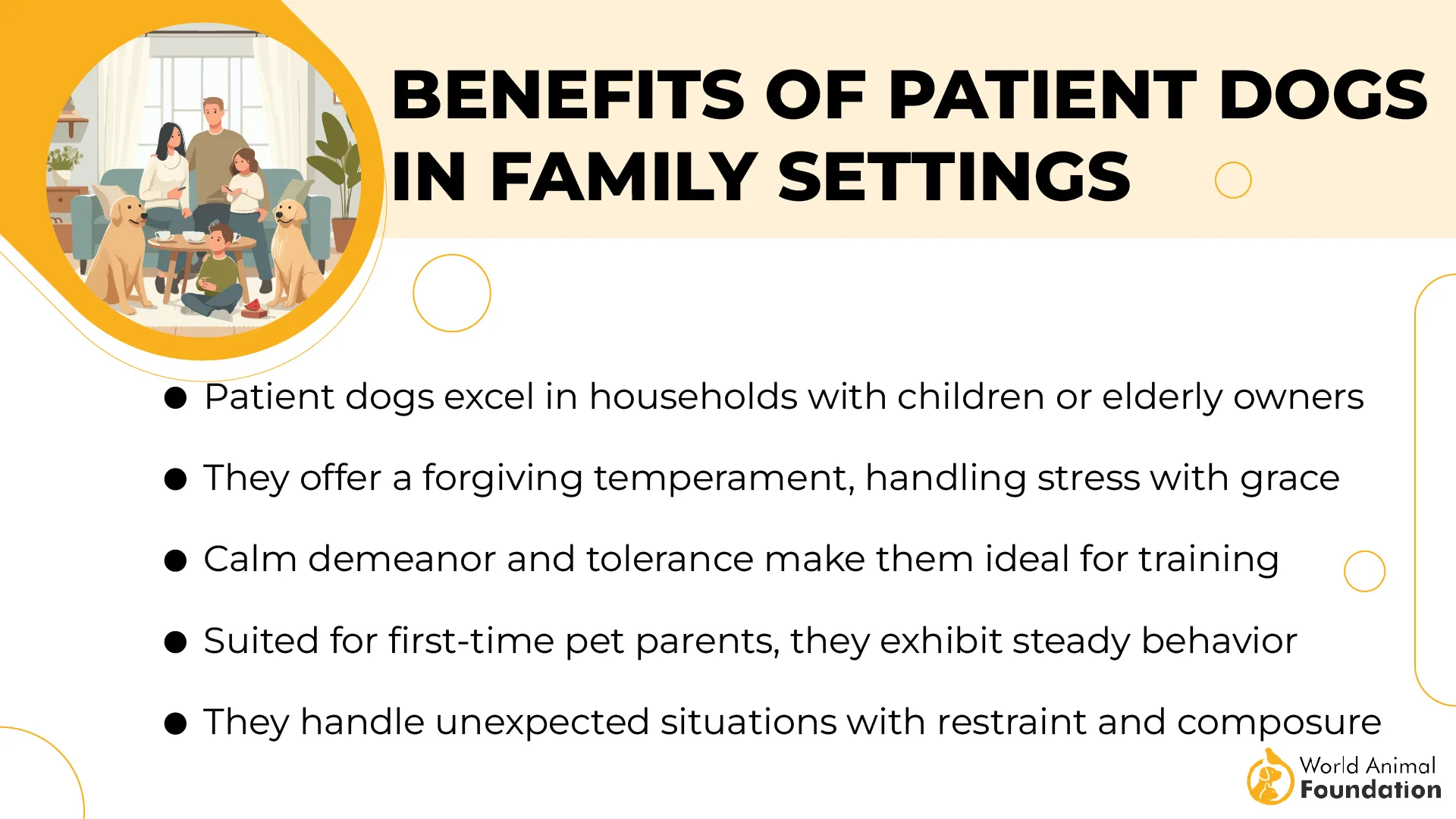
Energy that’s easy to work with
They’re active, yes, but not in a scattered way. Labs are focused when trained, playful when needed, and rest like pros when it’s time to wind down.
Unlike some dogs that need to be constantly directed, Labs anticipate. They follow not just commands but cues — body language, mood shifts, subtle changes, as per Assistance Dogs International. This is one of the reasons these breeds excel in structured roles without losing their warmth.
Motivated by connection and are obedient
Labs don’t just obey; they attune. Their eye contact is sustained, their responses are timing-sensitive, and they don’t need repeated correction.
2. Golden Retriever
Goldens have a build that favors smooth, coordinated movement — strong joints, flexible hips, and fluid gait patterns. But it’s their muscle memory in training that sets them apart. They catch subtle cues mid-motion and adjust without hesitation, even in unfamiliar settings.
Naturally observant and still
Their ability to pause before reacting isn’t about slowness — it’s clarity. Goldens read facial expressions with striking accuracy, often mirroring energy rather than reacting to it. That calm and gentle nature allows them to walk into overstimulating spaces without being overwhelmed.
Emotionally adaptive
Rather than forcing connection, Goldens ease into it — they’ll approach quietly, maintain proximity, and mirror breathing or postural shifts. When providing emotional support, they don’t push affection; they pace it with the person’s emotional tempo.
Empathy meets awareness
They’re tuned in, but not passive. Their protective nature doesn’t mean guarding; it means watching, waiting, then nudging a hand or leaning in when needed. In the dog world, it’s rare to find that kind of restraint paired with such loyalty and steady attention.
3. Border Collie
Border Collies have unmatched neural processing speed among herding breeds. They respond to movement patterns, human or object, in milliseconds. Their eyes track direction, intention, and micro-gestures, adjusting pace and angle as if choreographed.
Body control without force
Every limb movement is calculated. Their paws rarely hit the ground in the wrong place, whether circling, weaving, or turning on cue. Even when excitement peaks, they maintain balance and coordination, a trait refined through generations of task-specific work.
Emotional focus with intent
They don’t just respond to commands, they seek clarity from eye contact and tone. In therapy roles, they aren’t distracted by crowded environments because their attention is purposefully fixed on the person they’re with. This mental lock-in comes naturally, not from repetition.
Affection with awareness
As per Our Therapy Dogs, breeds like Honey approach with a read of the room — they initiate contact without overwhelming, adjusting based on the energy they receive. Their loyalty isn’t just presence; it’s an active watchfulness. Fetching isn’t just play, it’s their way of syncing activity with bonding.
4. Greyhound
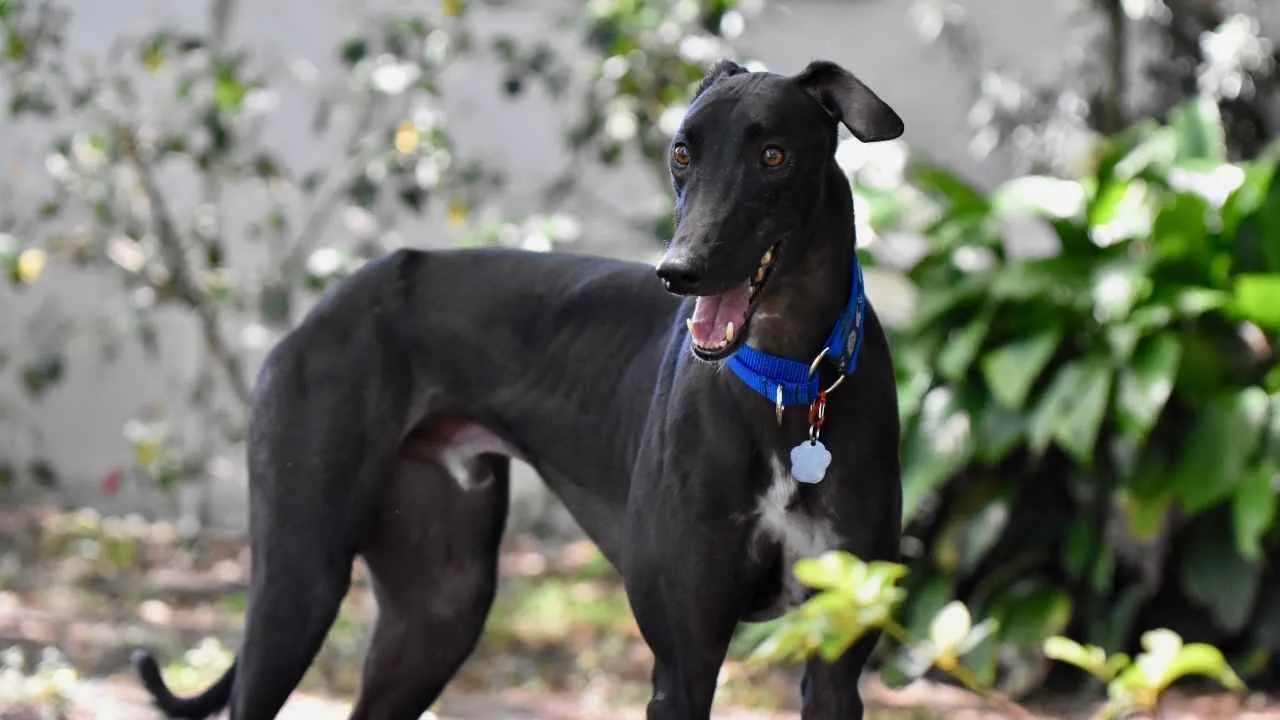
Their stride is aerodynamic — long legs, flexible spine, and low center of gravity allow clean, effortless motion. But unlike high-strung active breeds, Greyhounds return to stillness fast, preserving energy without fuss. They don’t need constant direction to settle down.
Emotionally reserved but deeply attuned
They may not beg for attention, but their emotional tracking is sharp. Their calm demeanor is especially grounding for people who feel overstimulated by more energetic dogs. Greyhounds don’t crowd — they observe, follow cues, and stay quietly present.

Comfort-first companions
They seek warmth, soft bedding, and familiar scents, which is why they’re often found burrowed in blankets or tucked next to someone’s legs. Their gentle temperament lets them integrate into homes with children, seniors, or those recovering from physical disabilities without creating extra stress.
History meets adaptation
Ex-racers often need time to unlearn chase instincts. Some may not be suited for homes with cats or small pets. But once adjusted, they handle various tasks well, from being calm walking partners to quietly anchoring someone in a therapy setting, as per Friends of the Hounds.
5. Pembroke Welsh Corgi
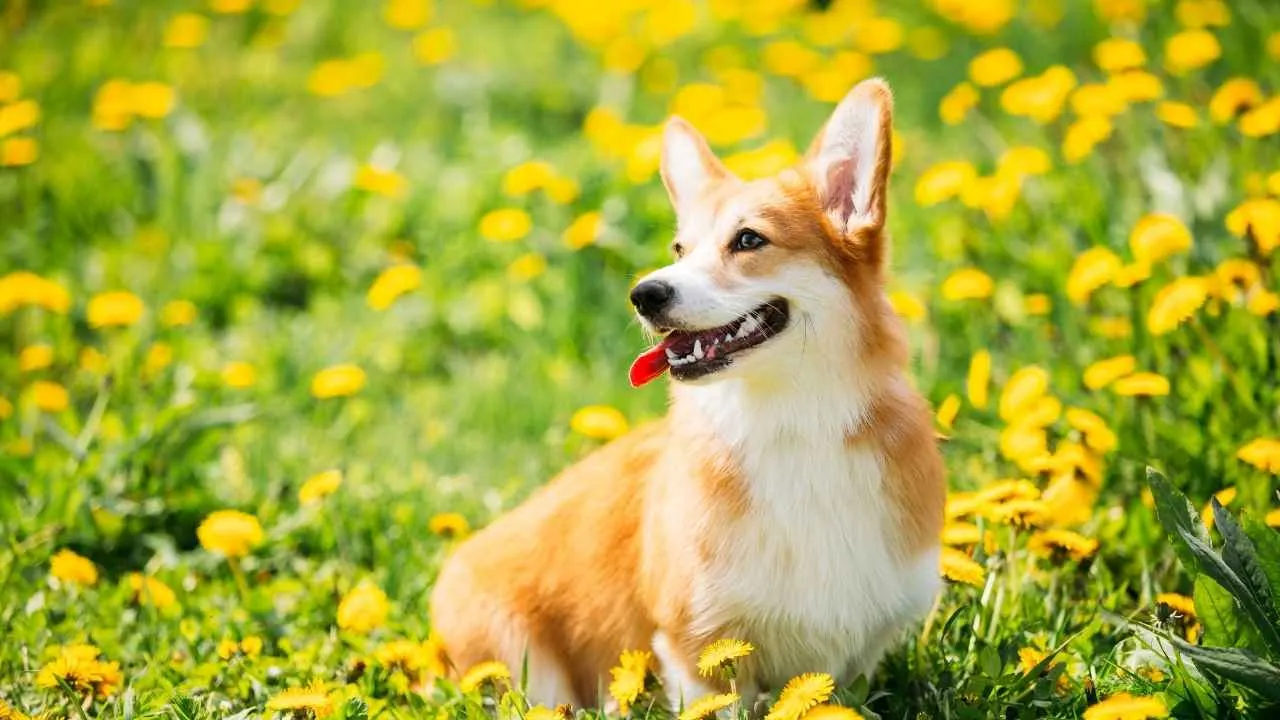
Despite their short legs, Corgis have impressive rear-drive strength. Their powerful hindquarters and sharp coordination let them pivot, sprint, and even herd with precision. That compact structure supports clean acceleration and fast response to visual or verbal cues.
Sharp mind with nonstop curiosity
Corgis crave interaction that challenges them, not just physically, but mentally. They’re unusually fast at picking up new tasks and rarely need repeated instruction once something clicks. The reward isn’t just praise, it’s the joy of solving something themselves.
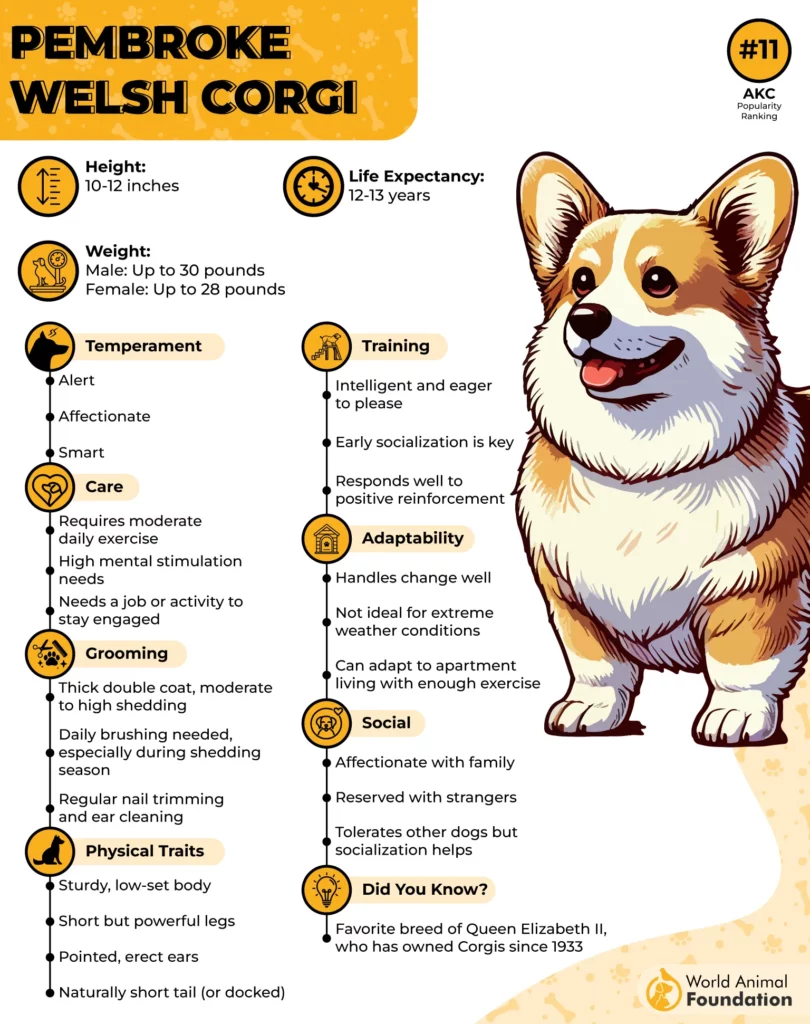
Emotional syncing through movement
They don’t just stick close for fun — they observe closely. Corgis are sensitive to energy shifts, and they naturally mirror emotion through movement and play. Their friendly disposition often creates a playful, safe rhythm even in emotionally heavy spaces.
Versatile and grounded
Among many breeds, few blend high energy with indoor adaptability like the Corgi. They’re well suited to both active homes and quieter routines. Their bold heart, paired with a grounded nature, makes them ideal companions in more than just name.
6. Poodle
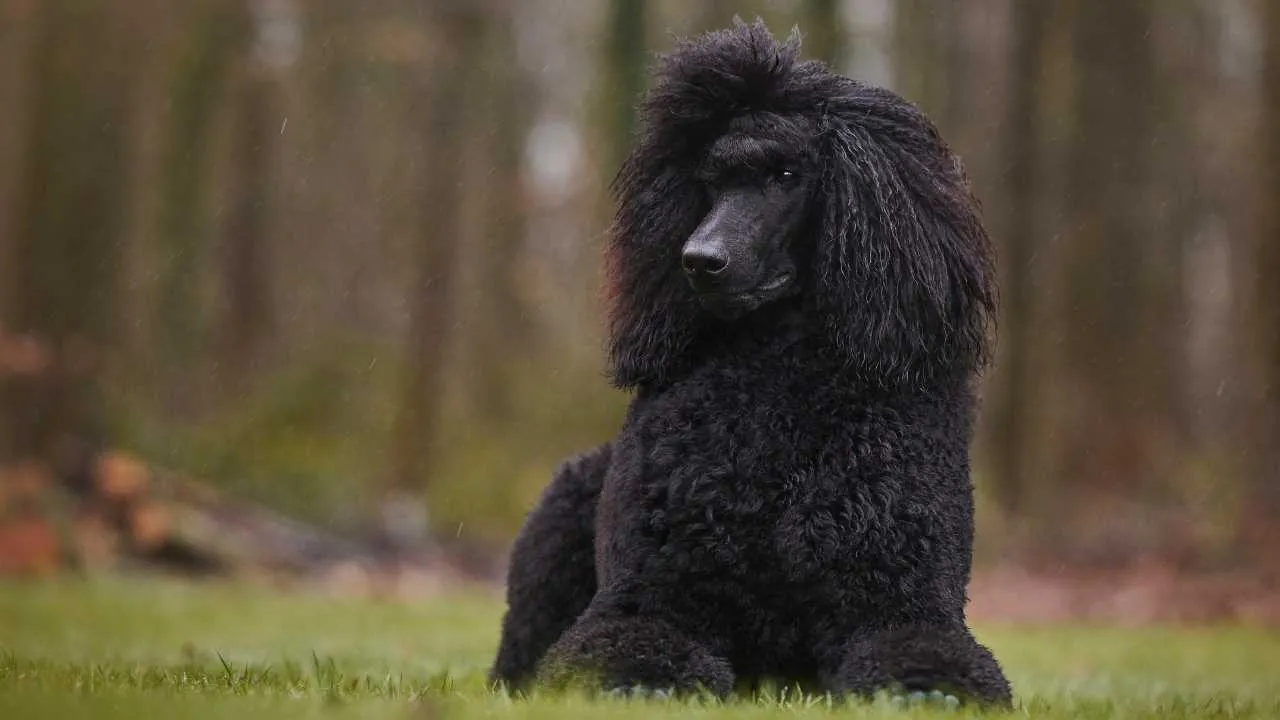
Poodles have spring-loaded movement, light on their feet yet deliberate. Their gait isn’t just elegant; it’s efficient for obstacle navigation and quick directional changes. When off-leash, they map space before committing to action, which minimizes clumsy errors.
Sharp mind, subtle shifts
They observe before reacting. In therapy work, this means noticing when someone’s tone or posture changes and quietly adjusting their behavior. Their emotional needs are tied to connection, they don’t just want to be near you, they want to understand you.
Learning is the reward
They aren’t just obedient, they’re thinkers. Poodles process commands quickly, making them highly trainable not just for tricks but for specific tasks like object retrieval, alerting, or pressure application. They’ll even initiate solutions when routines change.
Energy with emotional availability
They crave outdoor activities, but not for chaos, for engagement. After movement, they decompress easily indoors. Their friendly nature makes them excellent companions for both structured work and spontaneous affection, without being intrusive or demanding.
7. Beagle
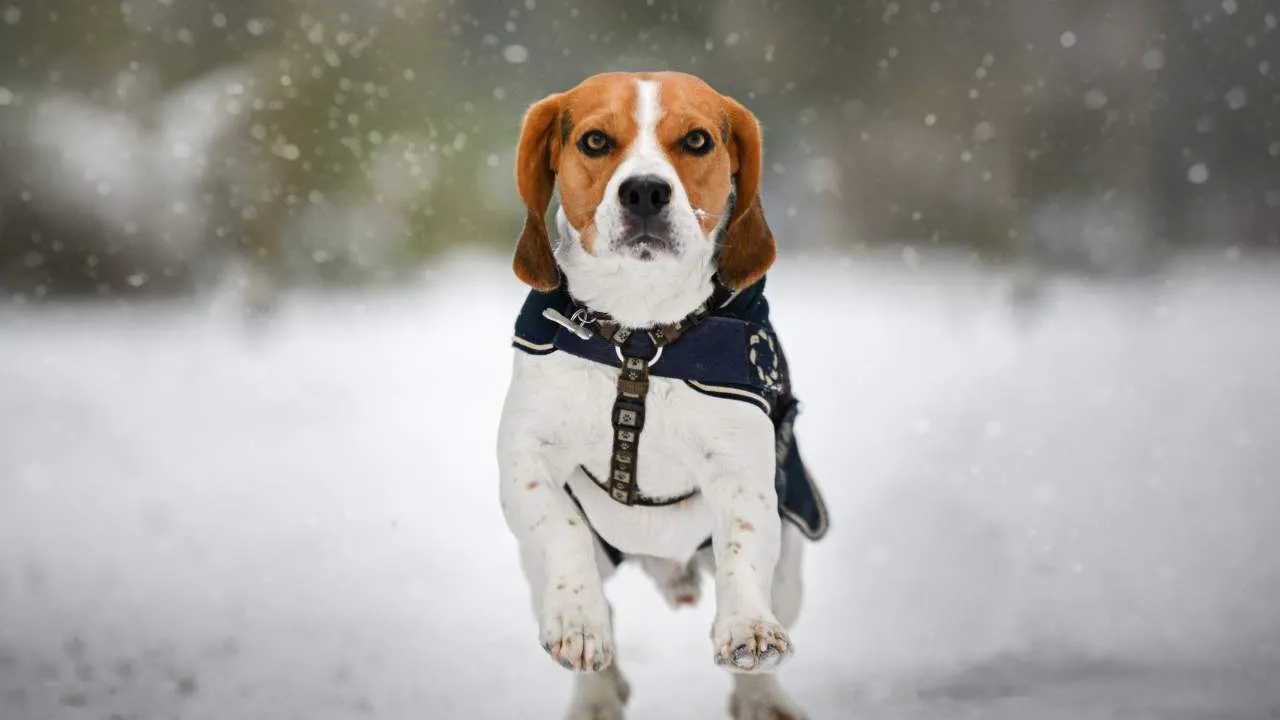
Originally bred for tracking small game, Beagles rely heavily on scent to guide their decisions. That nose-to-ground focus builds persistence and sharp pattern recognition, ideal for activities that require focus, consistency, and sensory detail.
People-centered navigation
Beagles form strong bonds through proximity and routine. They don’t just sit close — they shadow you, mirroring pace, energy, and tone. Their loyal nature means they’ll check back visually, even during independent play, to stay attuned.
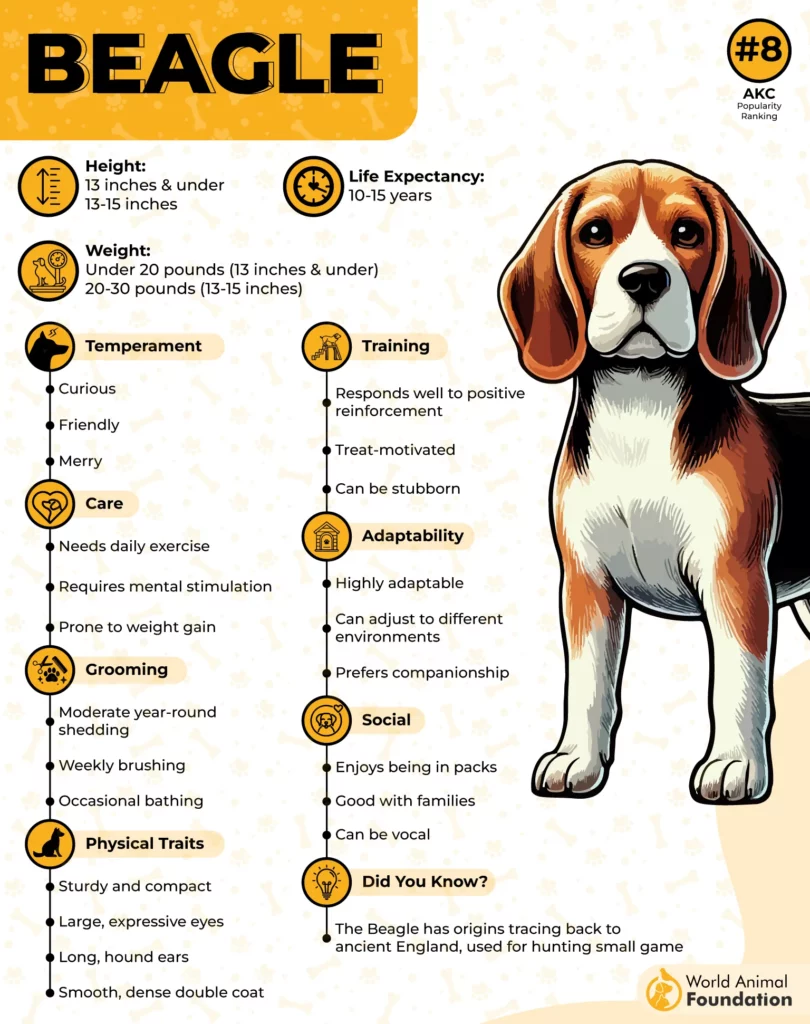
Smart, but emotional
They’re highly intelligent in ways that show up as stubbornness if misunderstood, as per Zen Beagle. Instead of obeying blindly, they scan for context, especially in new spaces. When trust is present, they’ll willingly follow even nuanced commands with little hesitation.
Sound + rhythm sensitivity
They respond quickly to vocal tones, a trait that helps them adjust around children, seniors, or those with unique emotional patterns. This makes them exceptional partners in therapy roles where gentle presence and emotional syncing matter.
Reliable with structure
Though energetic, they regulate well with predictable routines. They’ll nudge you for a walk or signal when a task is missed, not out of demand, but a natural sense of order. That structure helps them stay grounded in busy or stimulating spaces.
Conclusion
When you watch a Border Collie perform intricate tasks in a hospital setting or see a Poodle provide mobility support with perfect grace, you’re witnessing evolution’s masterpiece. These seven breeds are genetically optimized for therapy work.
Their boundless energy finds purpose in various service dog roles, from emotional support animals in psychiatric facilities to hearing dogs alerting their handlers to crucial sounds.
While rescue dogs often make exceptional therapy partners regardless of breed, the genetic advantages of these magnificent seven create healing possibilities others simply can’t match.
Whether they’re retrieving objects for someone with visual impairments or simply providing a calm, steady presence during a crisis, their work ethic transforms lives daily.
In the ever-expanding service dog world, these agile breeds prove that sometimes, the most sophisticated healing technology has a wagging tail and a loving nature that science still can’t fully explain.


